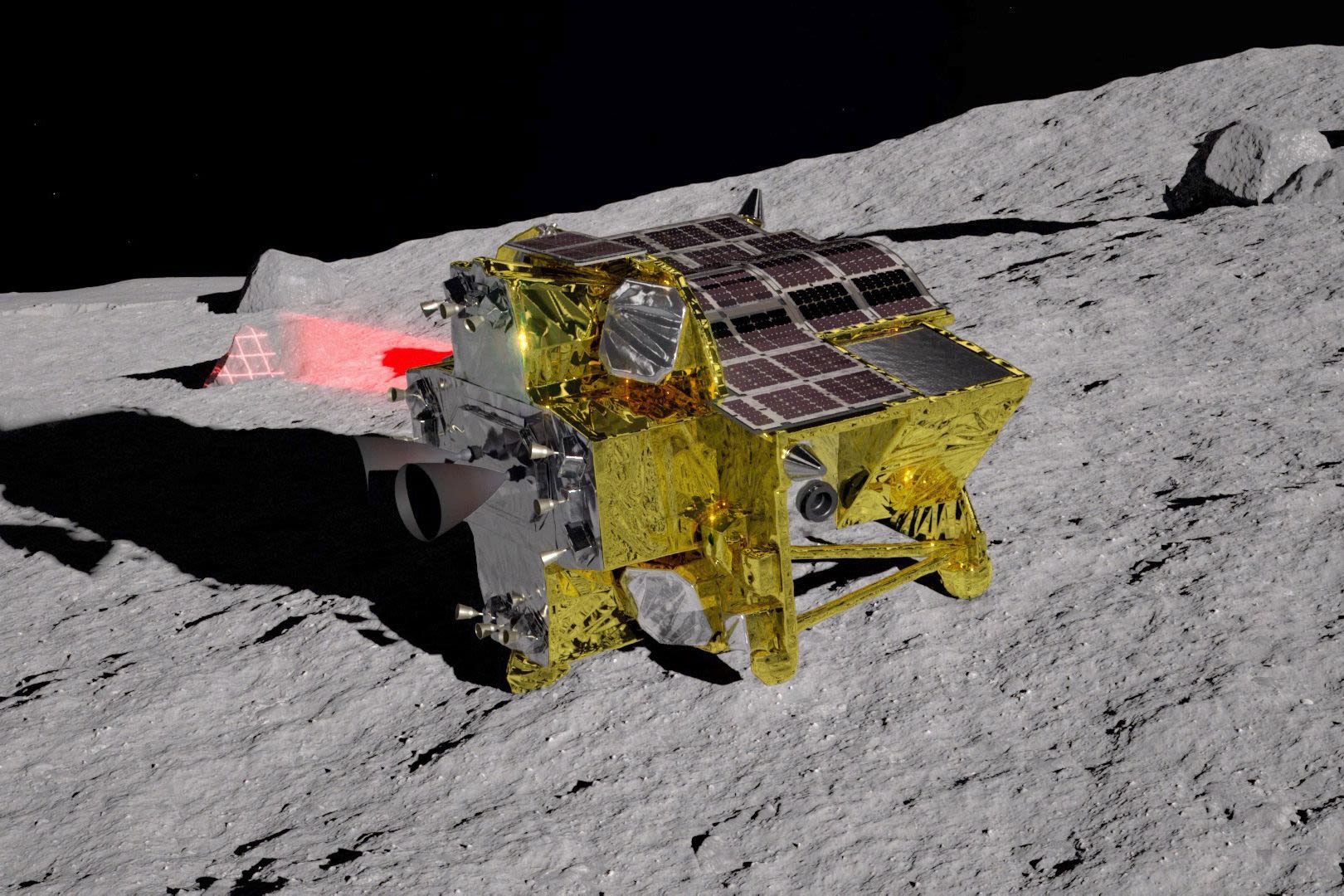Introduction to space exploration
Space exploration has long been the realm of dreams and imagination, beckoning humanity to reach for the stars. From ancient astronomers gazing up at twinkling constellations to modern scientists decoding the mysteries of distant planets, our fascination with space knows no bounds. Today, we’re witnessing a remarkable transformation in this age-old pursuit. With private-public partnerships between organizations like NASA and SpaceX, venturing beyond Earth’s atmosphere is becoming more attainable than ever before.
Gone are the days when space was solely reserved for government agencies. The collaboration between these two giants is paving new pathways into outer space that were once thought to be mere science fiction. As technology advances at breakneck speed, we stand on the brink of a new era—one where reusable rockets make launches more economical and Mars missions shift from fantasy to foreseeable reality.
Join us as we explore how NASA and SpaceX are working together to democratize access to space travel and what this means for future generations eager to set foot among the stars.
The history of NASA and SpaceX
NASA, established in 1958, has been at the forefront of space exploration for decades. It achieved iconic milestones like the Apollo moon landings and the Space Shuttle program. These efforts laid a strong foundation for human understanding of space.
In contrast, SpaceX emerged in 2002 with an ambitious goal: to reduce space transportation costs and enable Mars colonization. Founded by Elon Musk, its innovations quickly disrupted traditional aerospace norms.
Both organizations have their unique journeys but share a vision of advancing humanity’s presence beyond Earth. NASA focused on scientific discovery while SpaceX aimed to innovate through technology like reusable rockets.
As they evolved separately, each faced challenges that pushed them toward collaboration—a pivotal shift reshaping future missions. Their combined strengths promise exciting possibilities as we venture deeper into our solar system and beyond.
The partnership between NASA and SpaceX
The collaboration between NASA and SpaceX marks a transformative era for space exploration. By combining resources, expertise, and vision, they are breaking traditional barriers.
NASA’s extensive experience in aeronautics pairs seamlessly with SpaceX’s innovative technologies. This partnership has revolutionized how missions are conducted. The launch of the Crew Dragon spacecraft is a prime example, showcasing human transportation to the International Space Station (ISS).
Moreover, this alliance fosters an environment ripe for innovation. Together, they have developed reusable rockets that significantly cut costs and reduce waste in space travel. The Falcon 9 rocket stands as a testament to their successes.
This synergy not only accelerates advancements but also promotes a new business model within the aerospace industry. With shared goals and mutual support, NASA and SpaceX are paving the way for future endeavors beyond Earth’s orbit.
Advancements made by NASA and SpaceX
NASA and SpaceX have revolutionized space exploration through groundbreaking advancements. One of the most significant developments is the introduction of reusable rockets. This technology drastically reduces costs, making space more accessible.
SpaceX’s Falcon 9 rocket can be launched multiple times, allowing for a sustainable approach to missions. NASA has embraced this innovation by collaborating with SpaceX on various projects, including crewed flights to the International Space Station (ISS).
Additionally, the Starship program aims for deep-space travel. Designed to support Mars missions, it promises unprecedented cargo capacity and efficiency.
Both organizations are also focusing on enhancing spacecraft safety systems. Improved life-support technologies ensure astronauts can thrive in harsh environments beyond Earth.
Their combined efforts reflect a commitment to pushing boundaries while prioritizing safety and sustainability in aerospace innovations. The synergy between these two leaders heralds an exciting era for humanity’s venture into the cosmos.
Making space travel more affordable
Making space travel more affordable is a game changer. It opens doors to innovation and exploration that were previously unimaginable.
With advancements in technology, companies like SpaceX have drastically reduced launch costs. Their reusable rockets are at the forefront of this transformation. By landing boosters back on Earth instead of letting them fall into the ocean, they save millions with each flight.
NASA’s collaboration with private enterprises amplifies these cost-saving measures. This partnership encourages competition and drives prices down even further.
As expenses decrease, opportunities for research and tourism arise. Universities can send experiments to space without breaking the bank while aspiring astronauts might one day purchase tickets for suborbital journeys.
This new era promises not just accessibility but also diversity in who gets to experience space firsthand. The potential is limitless as we push boundaries toward becoming an interplanetary species.
Potential for commercial space travel
The dream of commercial space travel is rapidly transforming from science fiction into reality. Private-public partnerships, such as those between NASA and SpaceX, are paving the way for this new frontier.
Space tourism companies are emerging, offering hopeful adventurers a glimpse of life beyond our atmosphere. Imagine floating in zero gravity while gazing down at Earth’s beauty—a thrilling experience once reserved for astronauts.
With reusable rockets taking center stage, costs drop significantly. This innovation not only makes space accessible but also encourages competition among private entities seeking to innovate further.
As technology progresses and more players enter the arena, we may witness unprecedented opportunities for leisure trips or even orbital hotels. The sky is no longer the limit; it’s just the beginning of an exciting era ahead in human exploration and adventure!
Impact on future generations and the future of space exploration
The collaboration between NASA and SpaceX is reshaping our understanding of space exploration. Their innovative approach, particularly through private-public partnerships, has laid the groundwork for a new era in which space is more accessible than ever before.
For future generations, this means the possibility of becoming astronauts or even tourists on Mars missions. Children today can dream bigger because they see real pathways to achieving those dreams. With reusable rockets at the forefront of these advancements, costs are significantly reduced, making it feasible for more entities to participate in space travel.
As technology evolves and commercial ventures expand into this realm, we may witness a time when traveling beyond Earth becomes as routine as booking an airline ticket. This not only fuels curiosity but also inspires innovation across various fields.
Moreover, with each successful mission that pushes boundaries further into our solar system—especially Mars missions—there’s a collective sense of hope and excitement about discovering what lies ahead. The impact extends beyond just exploration; it’s about paving avenues for education in science and engineering while nurturing a generation that views outer space as their next frontier.
With organizations like NASA leading the charge alongside private companies like SpaceX, we’re entering an unprecedented chapter where we might one day call other planets home—not just exploring them but potentially settling there too. Each step taken now lays down markers for future endeavors that could very well shape humanity’s destiny among the stars.




